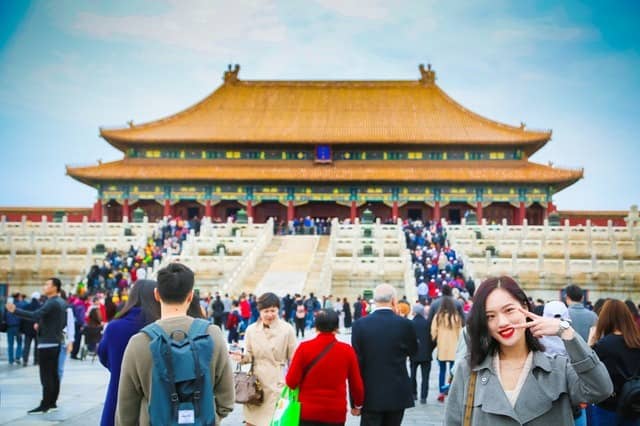Introduction
China is a fast-paced economy which has taken over the world of fashion and luxury over the last few decades. Many luxury brands, however, have struggled to understand the unique features of this market and the behavioural traits of the Chinese consumer. In this post, we’re going to analyse some of the elements that make China a country like no other.
Here’s a breakdown of the post’s content:
- 1. Market entry challenges in China
- 2. Luxury and consumer behaviour
- 3. Brand development in China, a 5 stage approach
- 4. Conclusions
1. Market Entry Challenges in China
China has been able to become an engine of growth for many fashion firms, as it’s population is increasingly growing in both pro-capita income and sophistication. Companies wishing to enter this market, however, need to understand the Chinese practices of luxury consumption, while at the same time build a strong and fast-paced brand.
Entering the Chinese market is a challenge in itself as firms are required to:
- Identify the right, top tier cities where to enter and establish a physical retail presence.
- Studying and segmenting the market to understand how to reach the most profitable customers.
- Understanding cultural nuances which allow firms to package its products by adapting to different standards.
An example of the last bullet point can be seen in the remarkable differences between Beijing, and Shanghai. In Beijing, a stronger attachment to heritage and tradition can be emphasized through exhibitions and cultural events, while in Shanghai, a more glamorous approach can be pursued through fashion shows and media exposure.
2. Luxury and consumer behaviour
The drive to purchase luxury products is often associated with the desire to conform and the pursuit of status. This is common to most countries, but in China, the status component of luxury purchase is associated with in-your-face eye-catching items.
In this context, therefore, the status component pushes consumers to use luxury as a marker for social categories.
At the same time, China is growing its taste for sophistication, and consumers will need to be informed and educated about the more behind-the-scenes elements of luxury. This poses a marketing challenge, as customers may be confused about the ‘noise’ created in fashion communication, and consider streetwear brands like Adidas as a fully-fledged luxury brand.
This poses a particular challenge for Italian luxury brands too, as the Made in Italy country of origin effect draws its values and quality from the fashion pipeline as opposed to loud marketing campaigns.
3. Brand development in China a 5-stage approach
Let’s see how we can approach this market through a strategy that takes into account its uniqueness.
- Step 1. Build awareness through the location. Location is undeniably one of the most important elements in the pursuit of exposure. Retail distribution for luxury brands needs to be both extensive and impressive to generate a perception of exclusivity. A thorough retail network is especially important in China, in consideration of the – relatively – small distribution of fashion magazines. In this sense, flagship stores are a valuable approach as an entry method, as a larger store is able to draw deep into the brand’s heritage and history.
- Step 2. Leverage culture and lifestyle. In order to build a lasting positive image in the mind of consumers, brands need to strike an association with culture and lifestyle. In this context, many companies create memorable events and fashion shows associated with a brand’s heritage.
- Step 3. Leverage brand experience through retailing. An effective approach to developing the brand derives from creating a direct brand experience connected with the consumption process. Creating unique retail experiences requires to process a variety of elements relative to retail development, and can be a very challenging task.
- Step 4. Control shop portfolio development. On an operational level, firms need to pursue an omnichannel strategy. Maintaining an efficient and effective shop portfolio across distribution chains is an important part of satisfying customer demands. This, in many instances, can entail for extending product lines in a variety of directions.
- Step 5. Profile your clients. Despite China being a very populous country, only a small percentage of customers can afford luxury items. Companies need to profile their customers so that they may be able to offer them satisfactory post-purchase experiences. Treating your customers as VIPs can provide companies with the opportunity of interacting several times with their customers and create a stronger sense of brand loyalty. In order to pursue this approach, firms need to adopt customer relationship management software and try to fully take advantage of the 20% of the customers capable of generating 80% of the profit.
After having discussed some of the unique elements that characterise the Chinese market, we can move on towards our conclusive remarks.
4. Conclusions
After taking a first look into the Chinese market we can conclude that developing a brand in China is a very expensive endeavour. Firms will need to invest in boutiques, advertising, and talent while creating a culture of sophistication around luxury goods.
Most of all establishing a brand in China is a long-term goal, where consistency and perseverance are important values to bear in mind.







